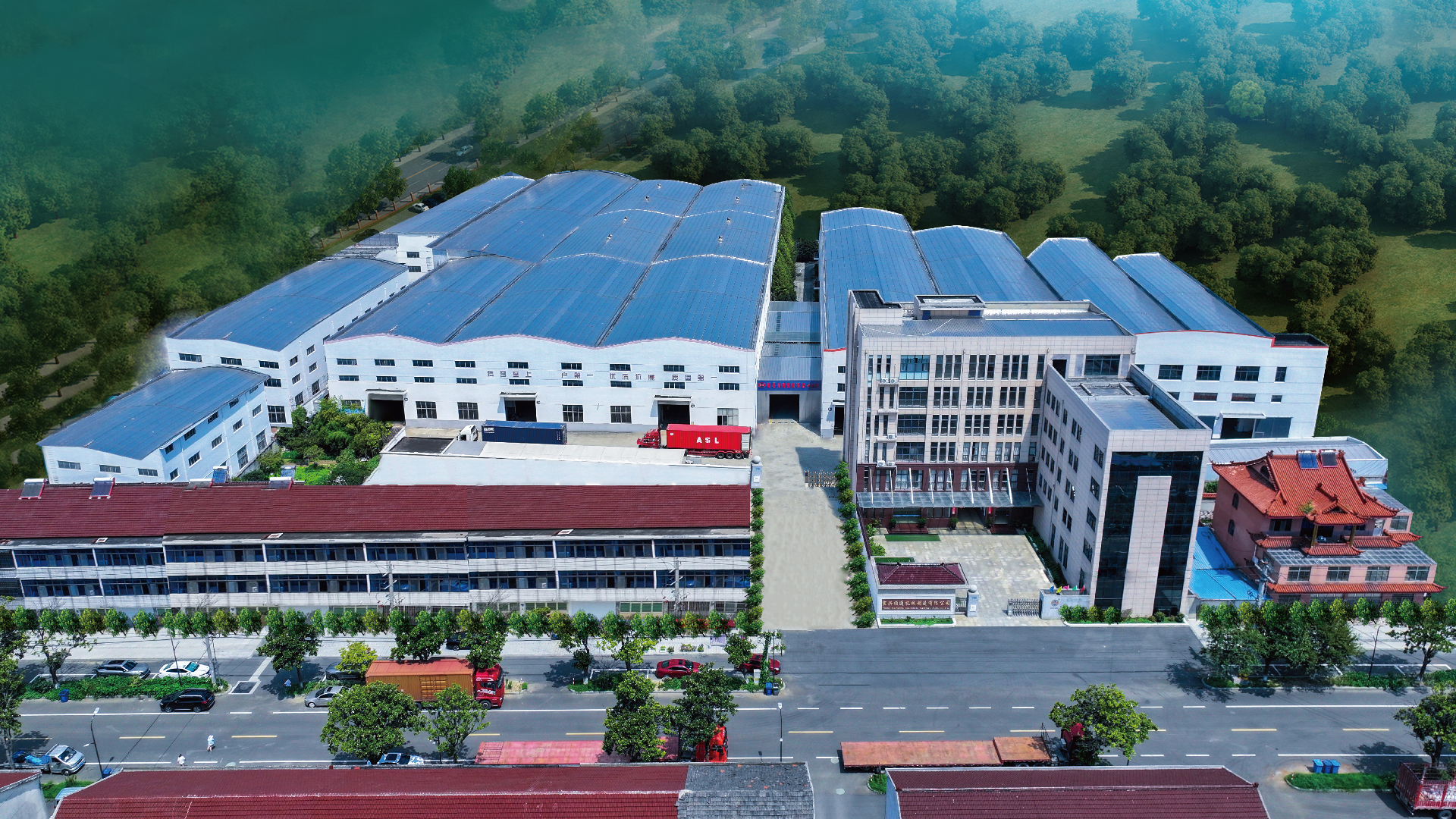Application Areas of the Monofilament Extrusion Process: Powering Diverse Industries with Customized Filament Solutions
The textile and daily necessities industry relies heavily on the monofilament extrusion process as a core production link. This process transforms raw materials like PP, PET, and PLA into monofilaments of adjustable fineness (from thin 0.1mm to thick 5mm) and tensile strength, which are then woven or processed into everyday products. Common applications include reusable shopping bags (durable and recyclable), fruit/vegetable mesh bags (breathable to preserve freshness), and household filter fabrics (for water purifiers or air conditioners). As global environmental policies phase out single-use plastics, the process’s ability to use recycled materials (e.g., recycled PET from plastic bottles) to produce high-quality monofilaments has become a key advantage, further expanding its role in eco-friendly daily necessities production.
The modern agricultural sector leverages the monofilament extrusion process to meet the demand for high-performance farming materials. By adjusting parameters like extrusion temperature and stretching ratio, the process produces monofilaments with UV resistance, corrosion resistance, and anti-aging properties—critical for agricultural applications. These monofilaments are made into shade nets (to regulate crop light exposure), anti-bird/insect nets (to protect yields), crop support ropes (for climbing plants like tomatoes), and reinforcing threads for mulch films (to prevent tearing). For large-scale farms and smart greenhouses, the process’s ability to mass-produce consistent, durable monofilaments ensures stable supply for large-area crop protection, directly boosting agricultural efficiency and yield.
The industrial and specialized high-end fields also depend on the monofilament extrusion process to create precision filaments. In construction, it produces monofilaments for geotextiles (used in road reinforcement and soil erosion control) and drainage nets (for landfill water management), where filaments must withstand heavy loads and harsh environments. In automotive manufacturing, it makes heat-resistant monofilaments for interior filter meshes (air conditioning systems) and seat ventilation nets. Even in the medical industry, the process manufactures biocompatible monofilaments (e.g., from medical-grade PET) for surgical sutures and lightweight medical mesh (for hernia repair), thanks to its ability to control filament diameter to within micrometer-level precision—meeting strict medical safety standards and reducing reliance on imported specialized filaments.

